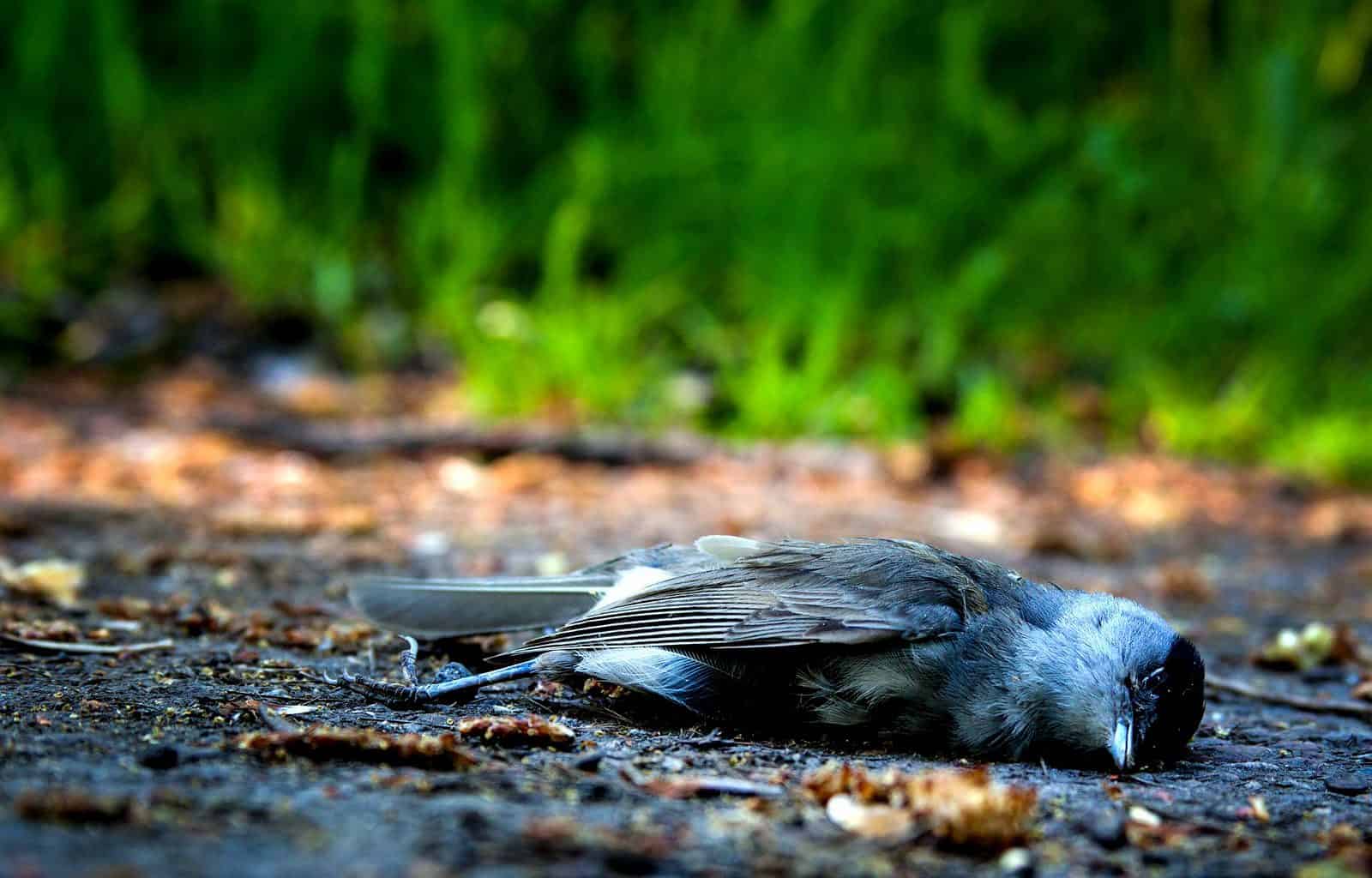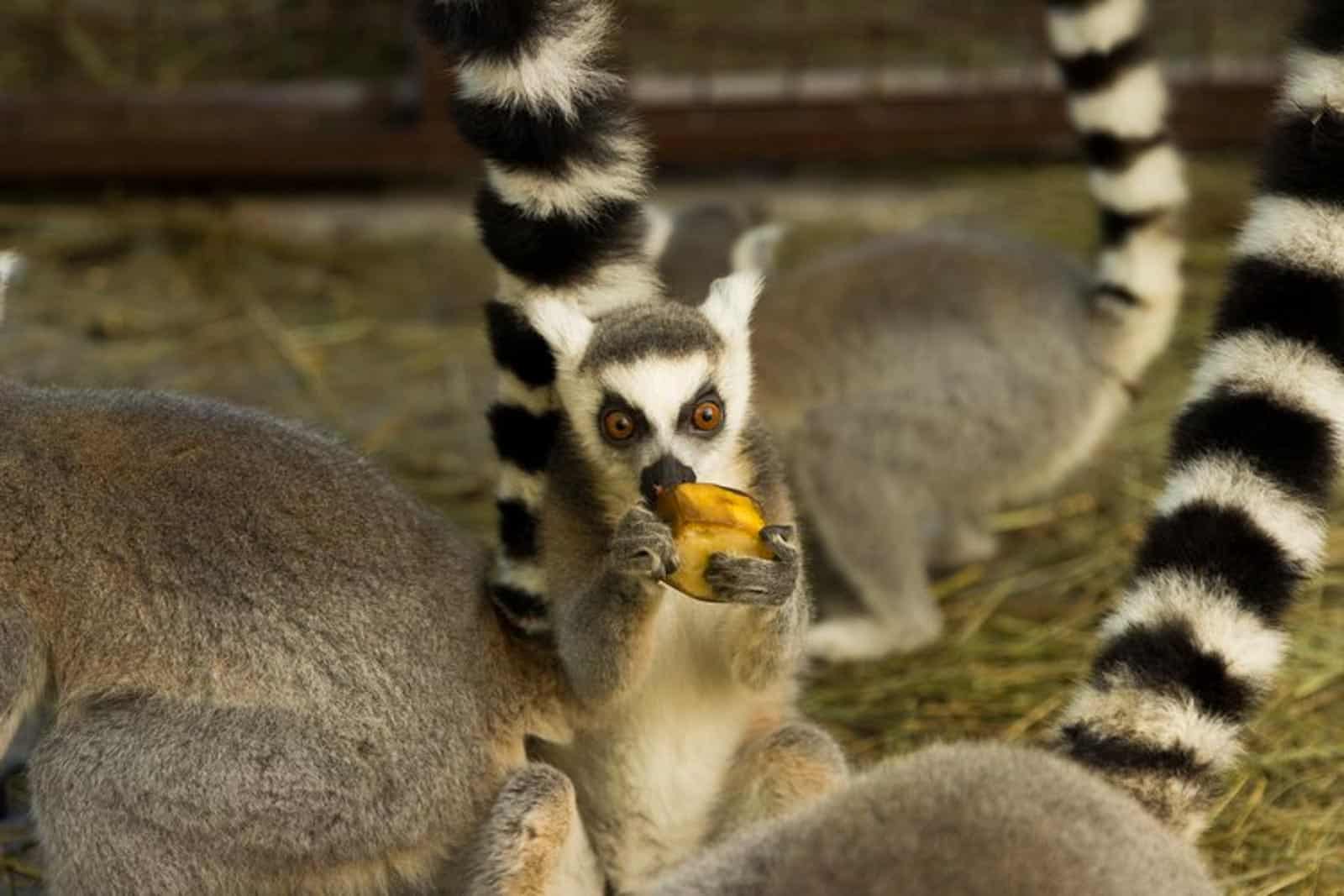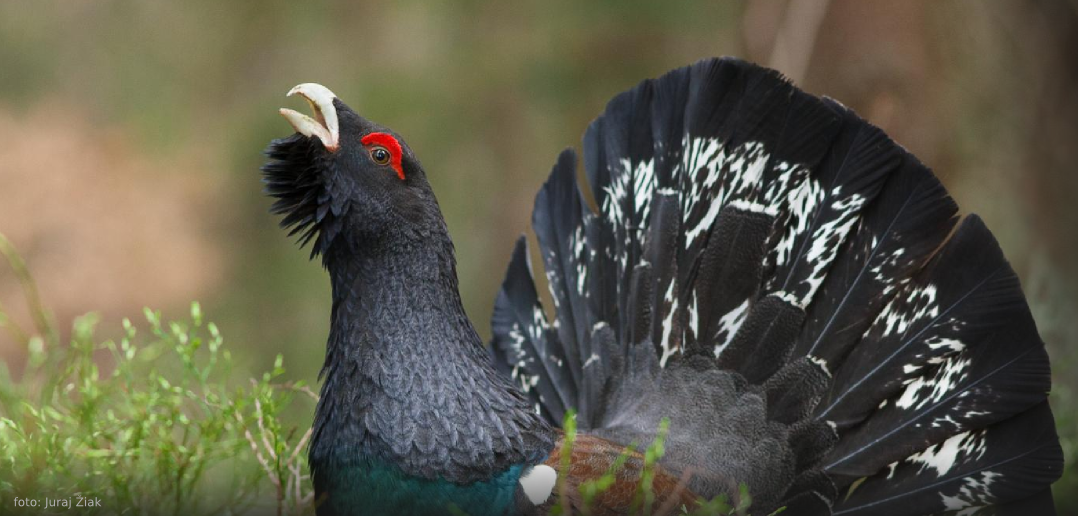Cats want to “train” their humans
A sorrow that probably every domestic cat owner knows: once again, cat Lilli or tomcat Mau has brought a living mouse or a bird that is still flapping and, in the “best” case, put it directly into the bed.
Hunting and catching their prey are part of the instinctive behavior of cats and varies depending on their character. There are plenty of lazy cats who never leave their sleeping place on the couch or in front of the stove and are happy with the food they get from their humans.
Why do many cats bring living animals into their homes?
Many people think that this is how their cat shows them their love and appreciation by trying to feed them in return. But behavioural biologists now might have a different answer: They want to train their humans to hunt prey. Hunting is vital for cats and also serves to provide food for their offspring. According to British scientists, cats hunt most when they have young kittens. As the little ones get older, they are more and more exposed to living prey in order to learn how to catch prey themselves.
Apparently, domestic cats also transmit this behavior to the people who live in their household. It is not without reason that cats regard people as inept hunters and want to teach them this skill with their recurring “gifts”. This behaviour could also be a further indication that cats actually see themselves as “monarchs” of their household. Of course, from the cat’s point of view, people react completely wrong to their teaching sessions. Either there are loud cries of disgust or the humans release the poor, half-alive little animals back into the wild.
Domestic cats and wildcats
Incidentally, domestic cats were not originally native to Europe. They are descended from the African wild cat (Felis silvestris lybica) and spread throughout Europe, especially in the first millennium BC during the Roman Empire. Originally native to Europe is the European wildcat (Felis silvestris silvestris), a very secretive species that depends on forests. It has a number of characteristics, such as a continuous dorsal stripe on the back, a very bushy tail with 3 clearly separated rings at the end of the tail and an overall more compact stature, which distinguishes it from the domestic cat. But this is not an easy task and experts are needed for it.
Mitigate the threats for wildlife
Unfortunately, it’s also the case that the domestic cat can mate with the European wildcat, which poses a great threat to it. Incidentally, wild cats mainly feed on voles and do not pose a threat to local wildlife such as birds or reptiles. The same cannot be said of domestic cats, because free-ranging domestic cats have contributed to the extinction or decline of 33 animal species worldwide. These include, for example, the New Zealand kiwi.
In order to at least partially solve this problem and also the interbreeding with the European wildcat, it is important that domestic cat owners act responsibly and have their cats neutered. A study also shows that more varied playtime in their homes, collars with bells and high-meat-protein, no-grain diet reduces wildlife predation. We also try to tackle these problems in a new Austrian project on the European wildcat that is starting the next weeks.







